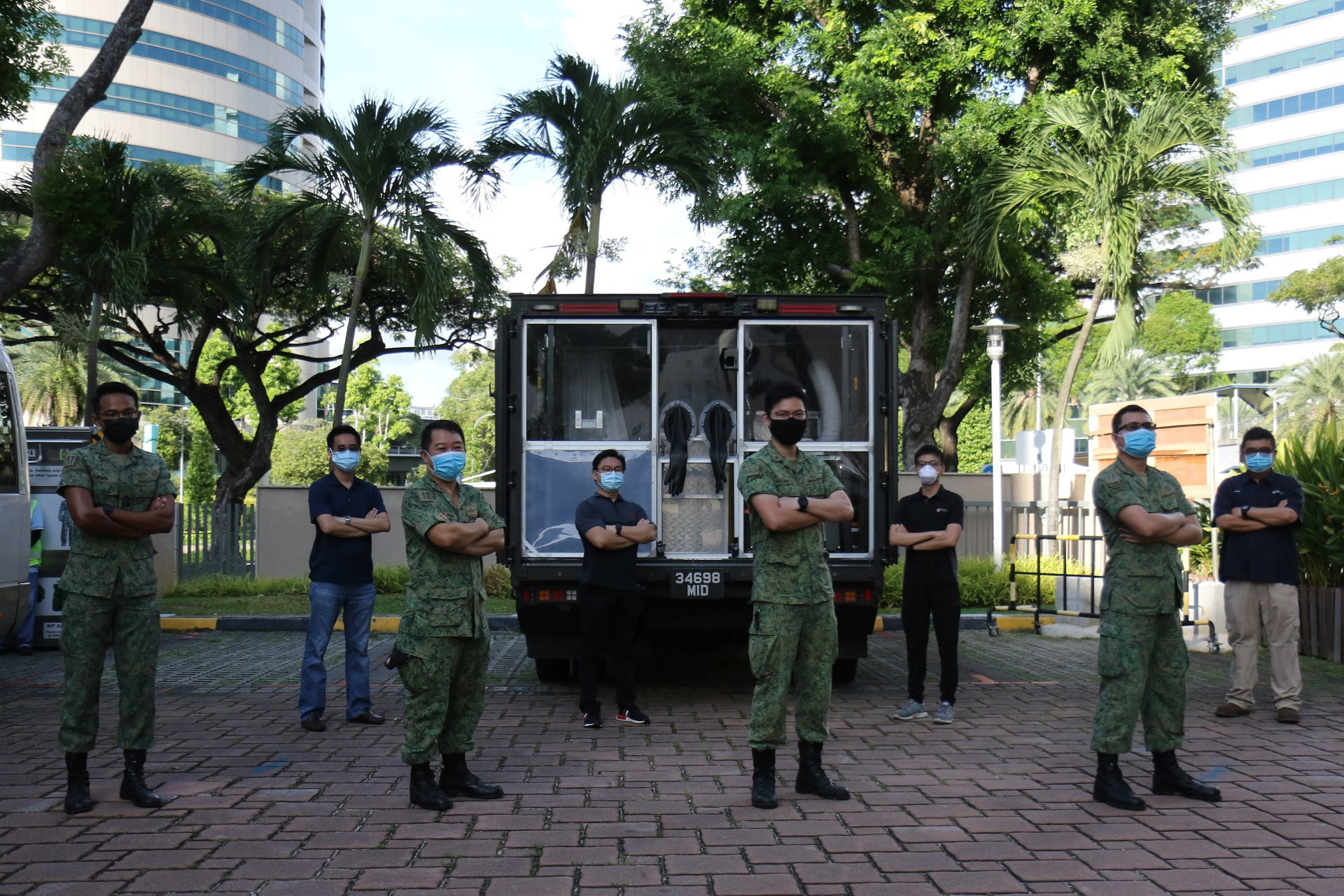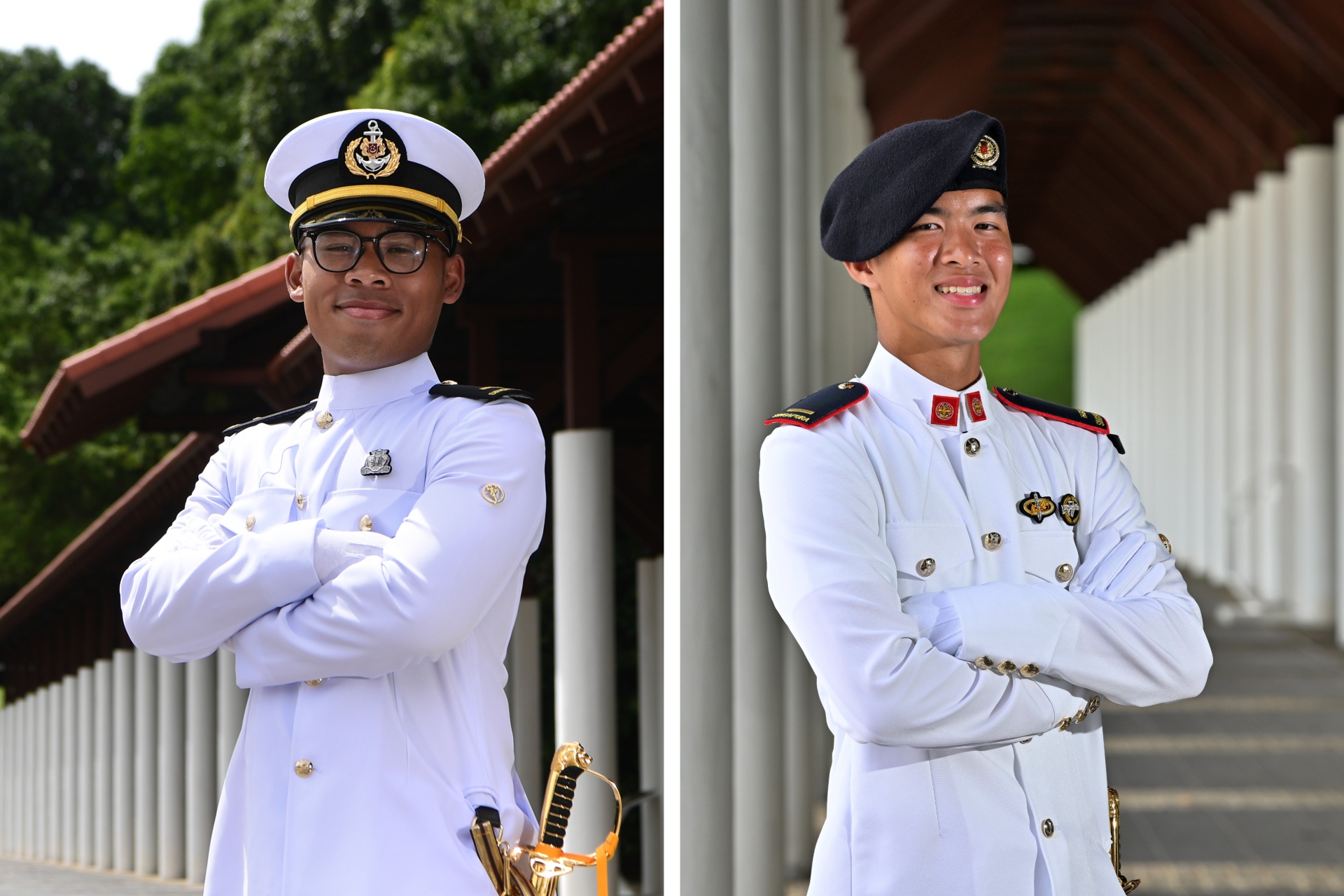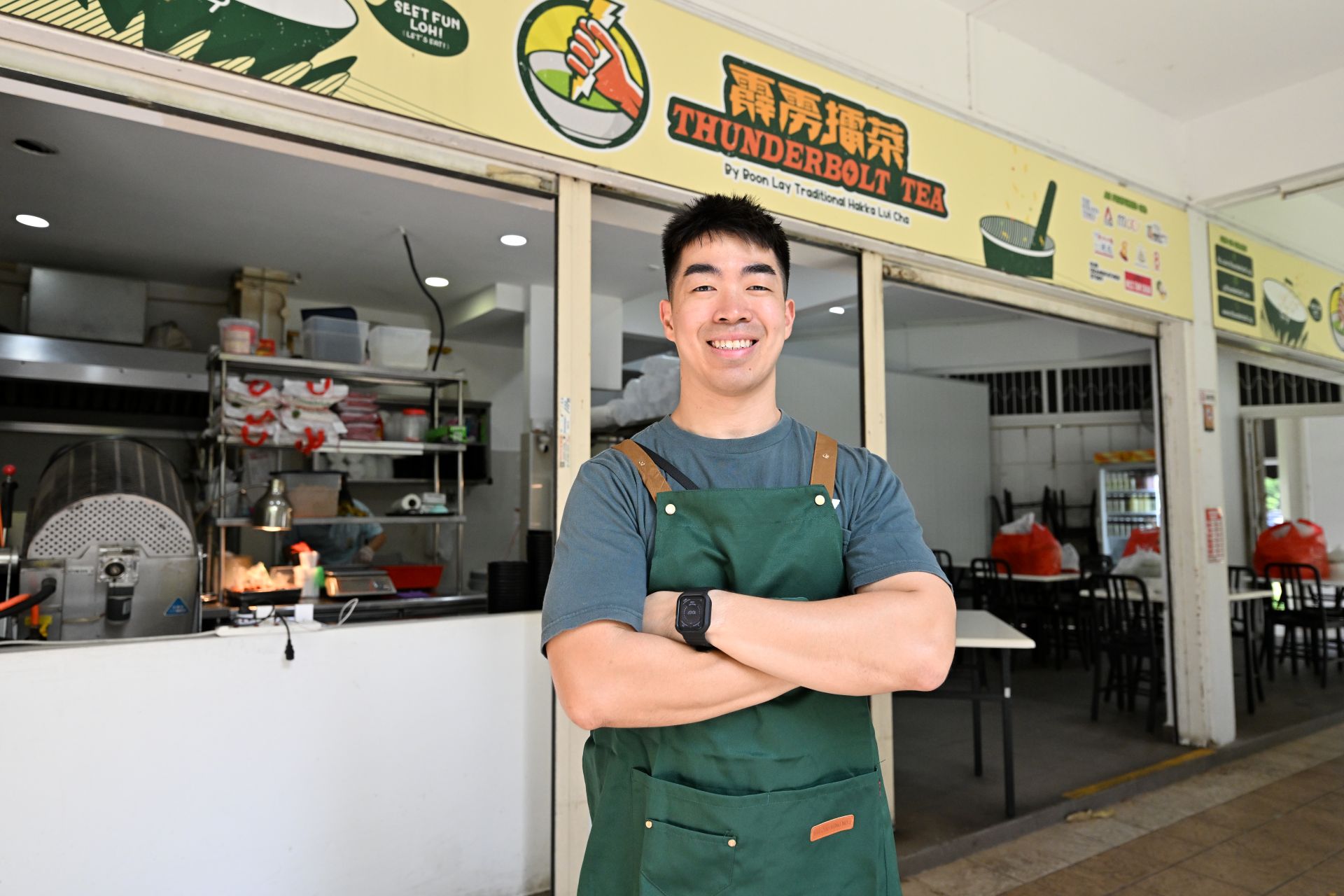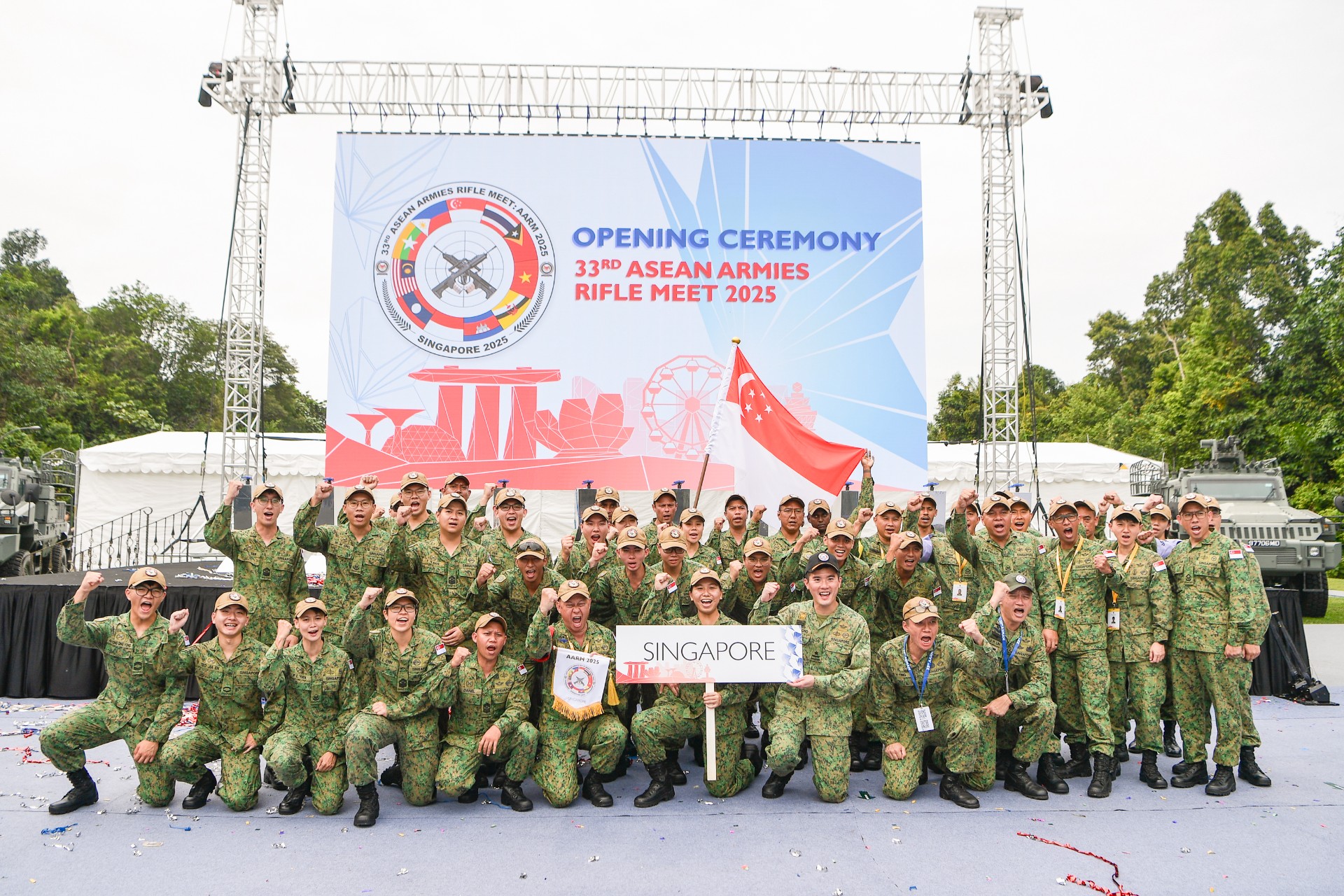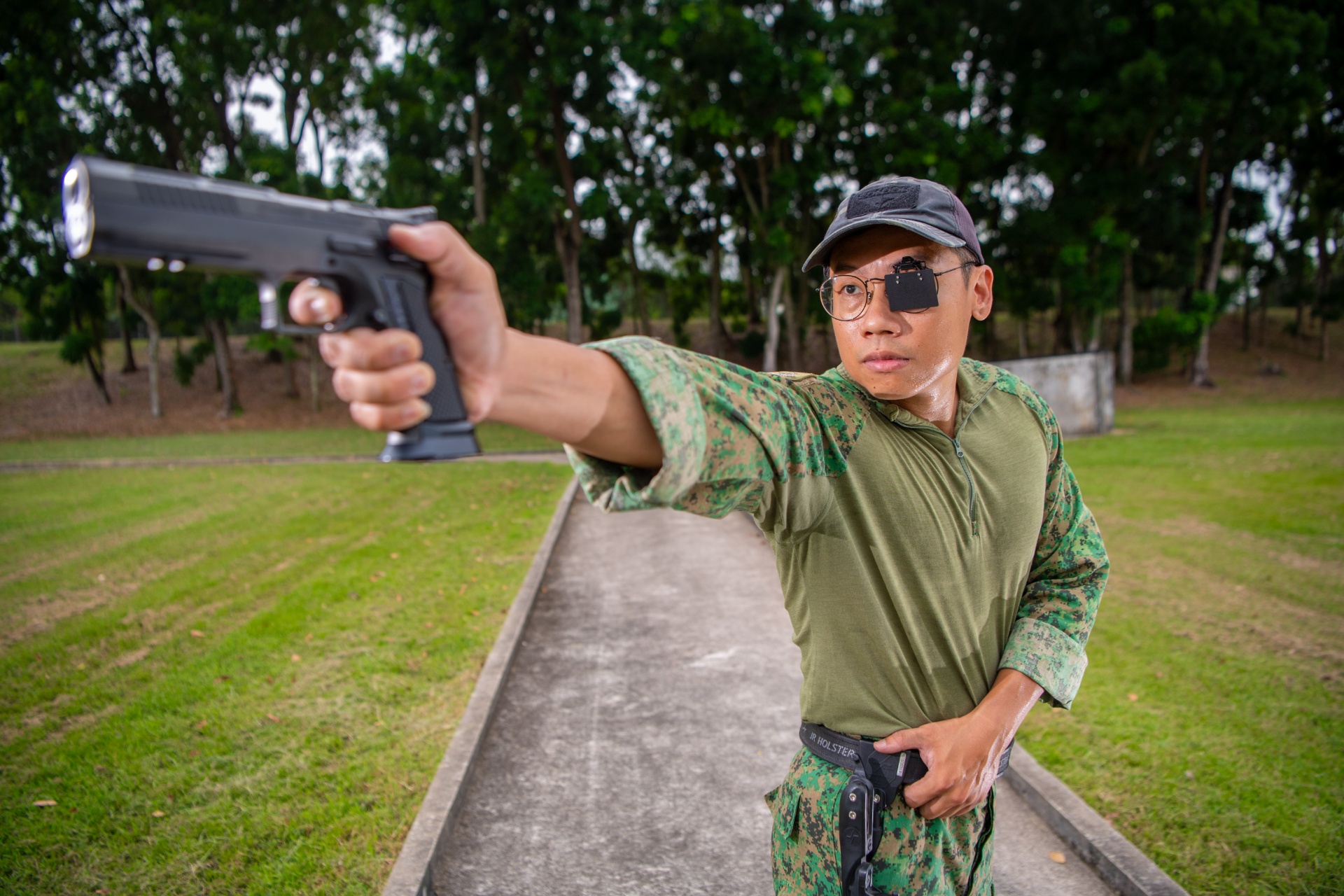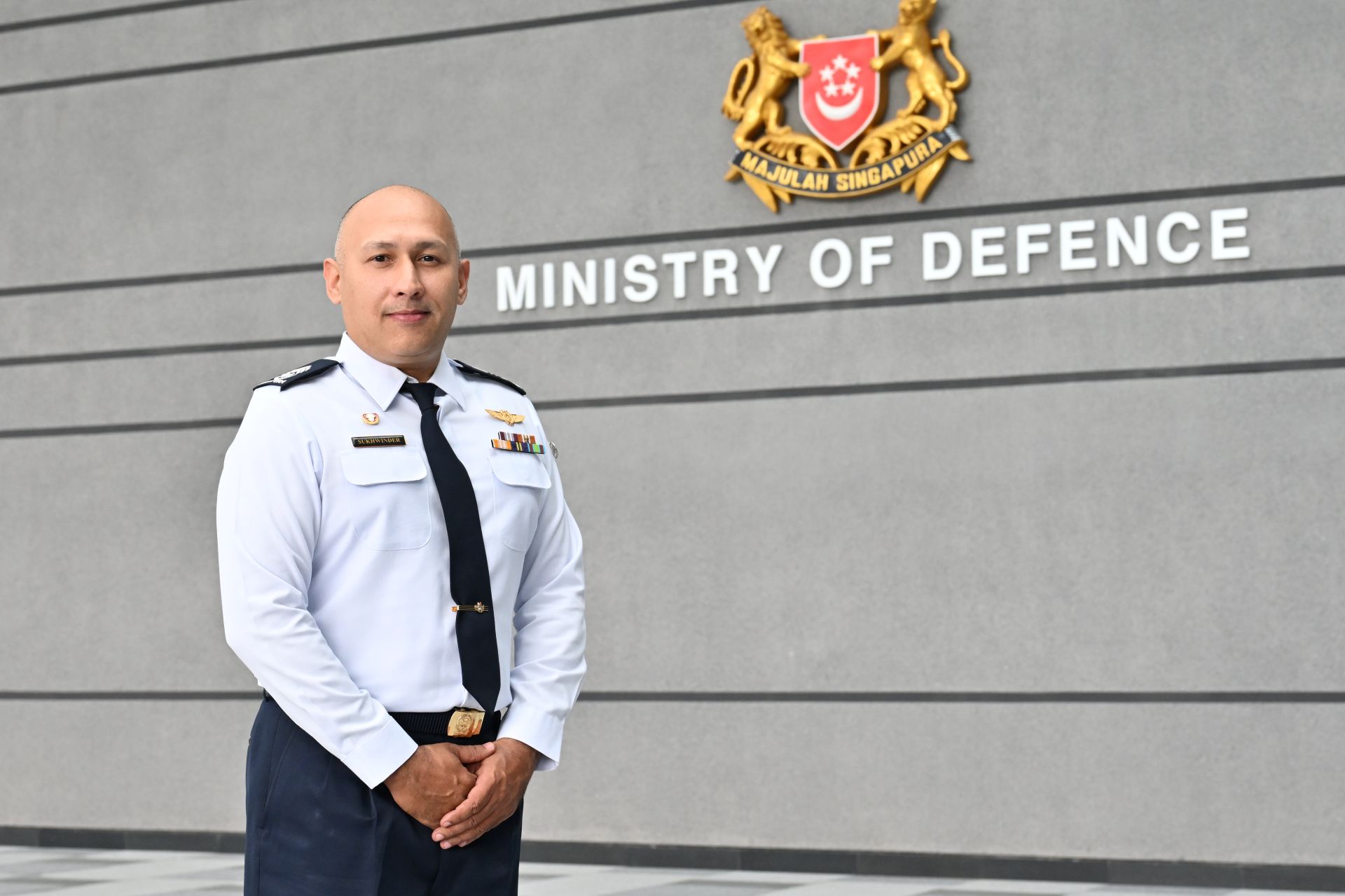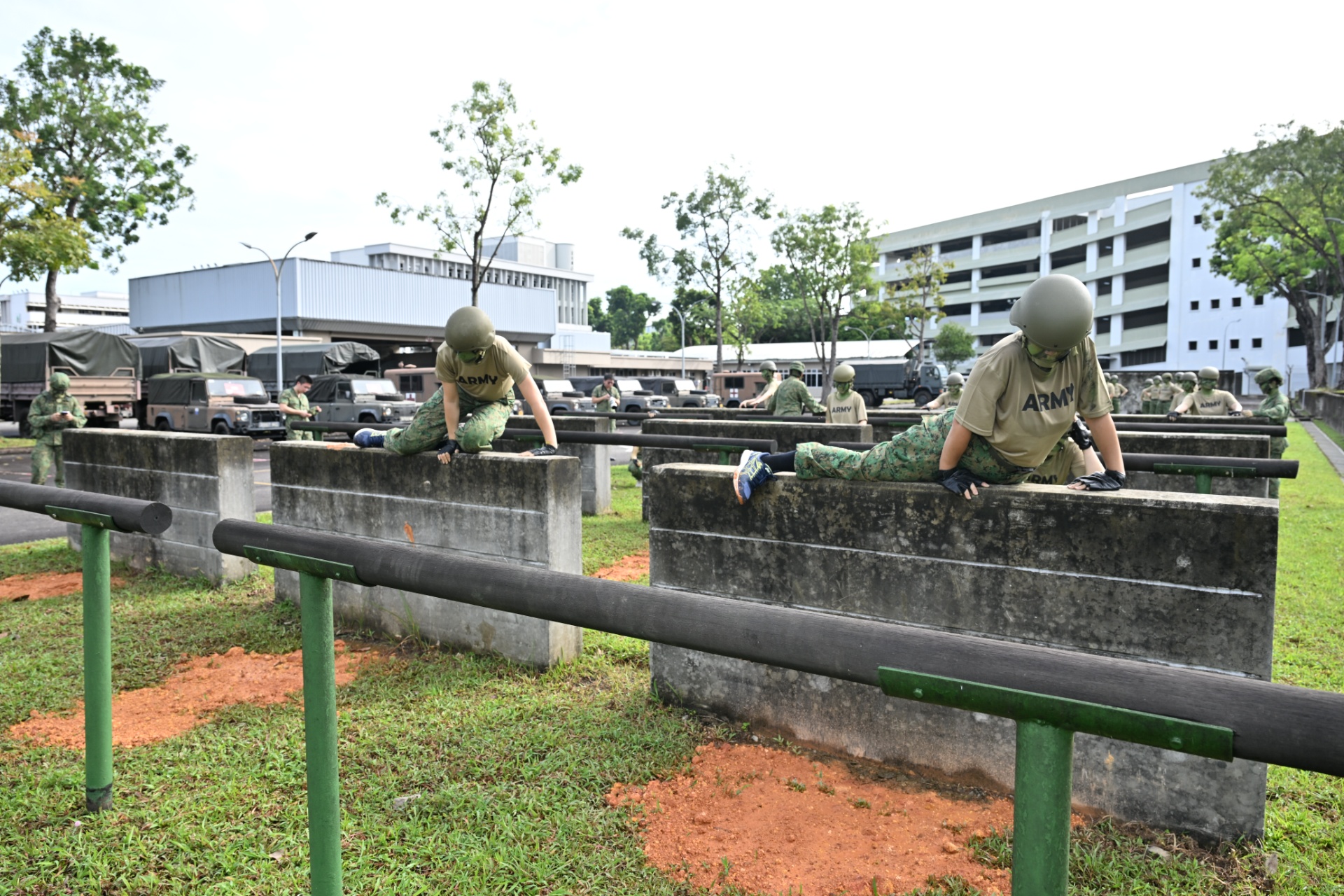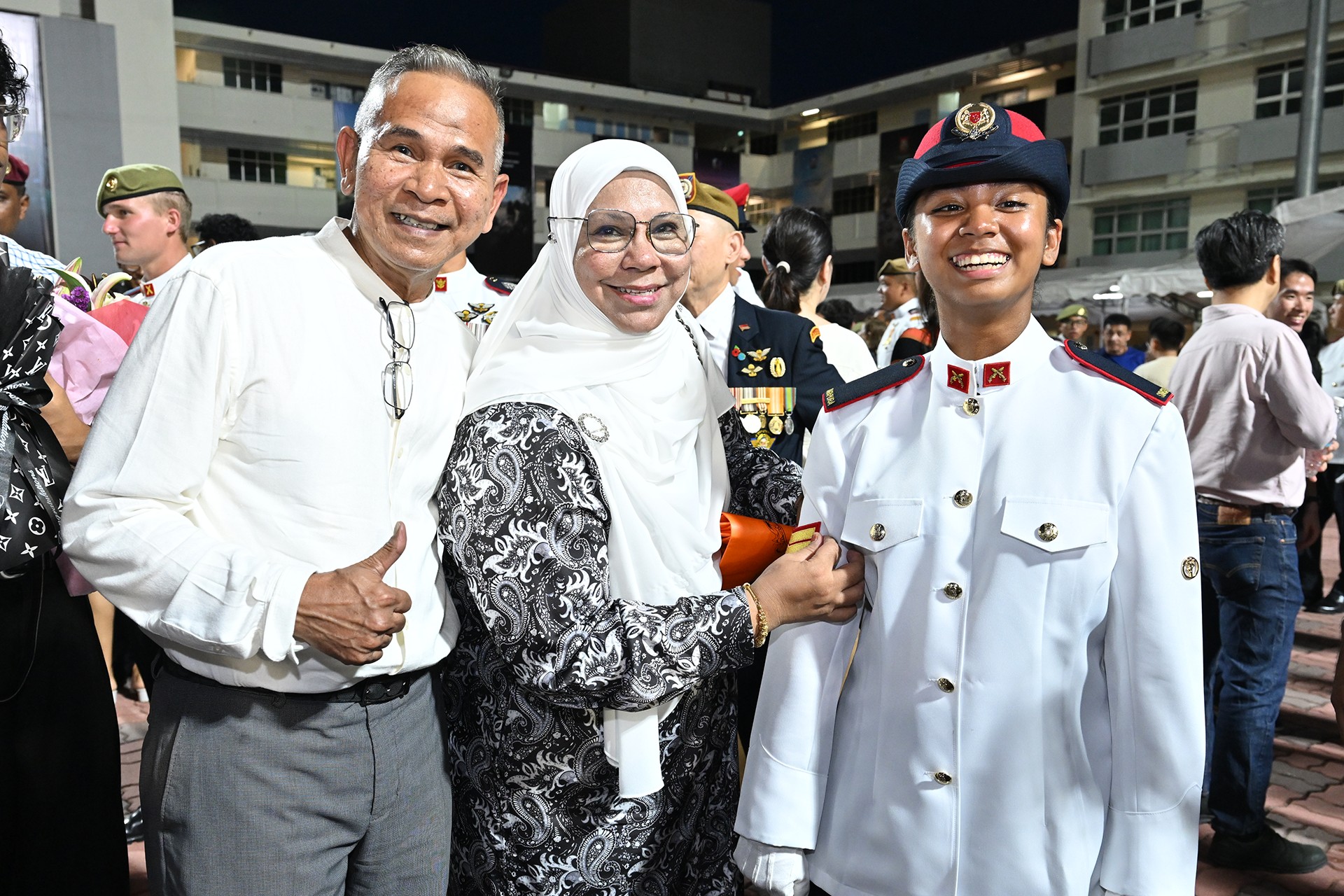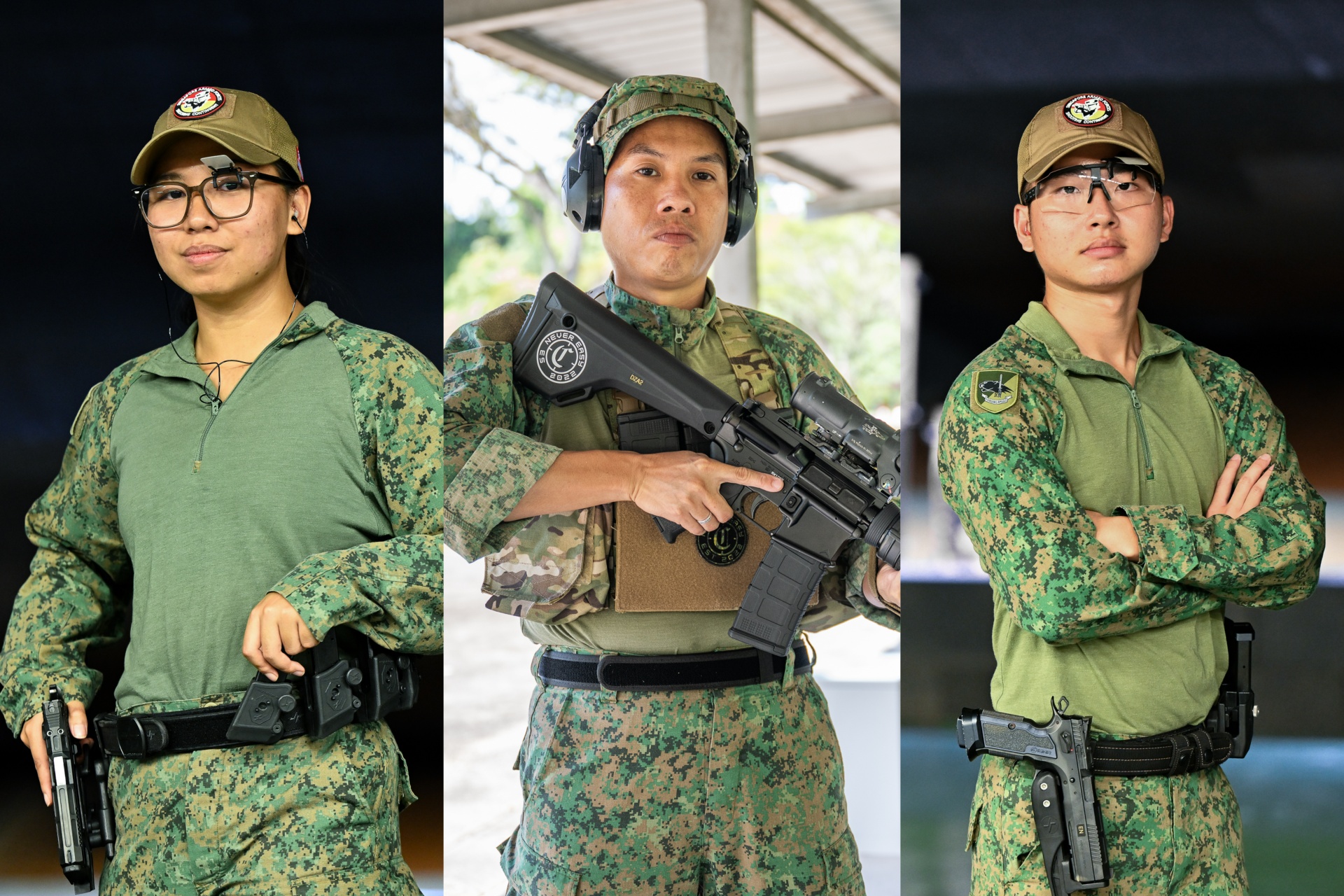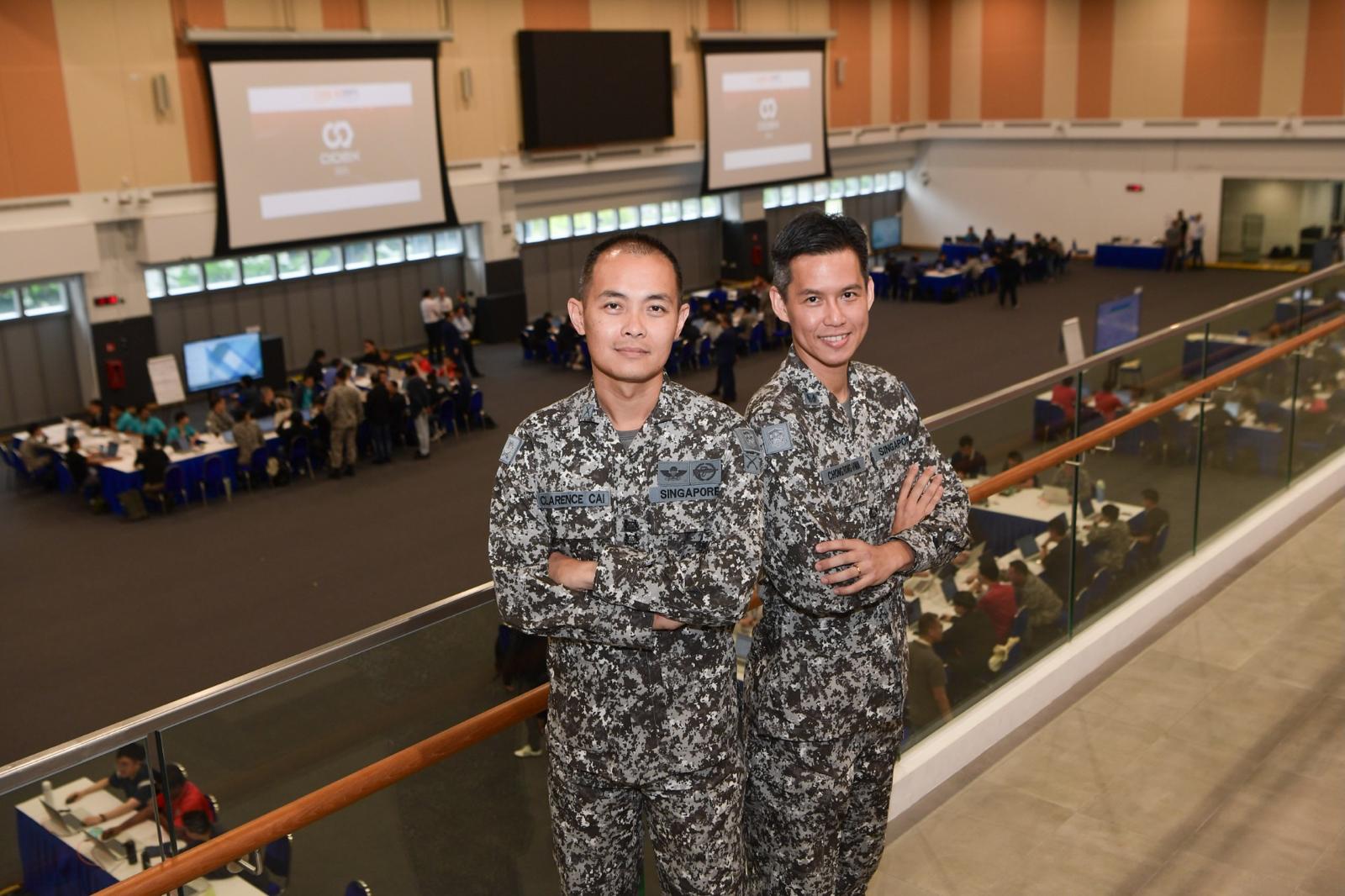MOBILE STATION & SCANNER FOR FASTER, SAFER COVID-19 SWAB TESTING
With the number of COVID-19 swab tests at migrant worker dormitories set to increase in the coming weeks, the SAF has been ramping up its efforts in the nation-wide fight against the pandemic.//Story by BENITA TEO //Photos by COURTESY OF THE SINGAPORE ARMY
The Singapore Armed Forces (SAF) Combat Service Support (Technical Support) Task Force has been working with specialist teams to develop solutions for carrying out swab operations at various sites daily.
Within three weeks of conceptualisation, the Mobile Swab Station (MSS) was operationalised. The MSS allows swab teams to be deployed quickly and perform the swab operations safely. A Mobile Express Scanner (MExS) app was also developed to improve the efficiency of the swab registration process.
As of 13 May, one MSS is being deployed at non-Purpose-Built dorms as part of swabbing operations.
What is the MSS?
Think of it as a swab test station on wheels. The MSS comprises a modified SAF Cross Country Ambulance mounted with a swab protection screen from the Singapore General Hospital's SG SAFE (or Singapore Swab Assurance For Everyone) system.
It transports healthcare workers to the dorms that require swab testing. As the tests will be carried out on-site at the dorms, it also reduces the need to transport potential COVID-19 patients to a separate medical facility or test site.
Who developed the MSS?
It was designed by the Singapore Army's Maintenance and Engineering Support (MES) formation, the Defence Science and Technology Agency (DSTA), and ST Engineering to support COVID-19 swab operations at non-Purpose-Built dormitories, which include factory converted dormitories, construction temporary quarters and private residential premises.
The Combat Service Support (Technical Support) Task Force is co-led by Military Expert (ME) 7 Low Koon Huat, Head Land Technology Engineering Group, HQ MES; and Mr Sebastian Lim Hong How from DSTA.
The team was able to take the MSS from conceptualisation to operationalisation in three weeks, a fraction of the three months a typical modification project usually takes. This is testament to the close working relationship between the SAF, DSTA and their partners, said Mr Lim, 45.
"This is due to the very close working relationship with our Army counterparts and our industrial partners. We have worked with the Army on many projects, so when we heard their requirements (for the MSS), we brainstormed, and embedded our team with theirs on the ground. This way, we were able to come up with a lot of concepts very quickly," the Head Capability Development (Wheeled Vehicles) explained.
What does the Mobile Express Scanner (MExS) app do?
Developed by Army Engineers from MES, the MExS is a scanner that makes use of Optical Character Recognition (OCR) to automatically extract the patients' personal particulars from their Identity Documents, and consolidate the data on the swab tests into a central database. Swab labels can also be printed and used to label the swab test request forms, swab sample vials, and swab sample manifest list.
"This innovation has helped us achieve two things: first, to automate the process so that it is less tedious. Second, and more importantly, to reduce the contact time between the patients and the personnel from the swab team," said ME7 Low, 53.
Since 9 May, 10 sets of MExS have been deployed to 38 sites islandwide, covering about 2,000 patients.
How will swab operations be carried out at the MSS?
Foreign workers undergoing the swab test first scan their identification documents at the registration counter. Their personal particulars, such as name and date of birth, are immediately updated in the MExS app.
From the app, the swab team will be able to print out the foreign workers' swab labels to be used on their swab test request forms, swab sample vials and the swab sample manifest list. The workers will then proceed to the MSS for their swab test.
How do the MSS and MExS work in tandem to make swab operations safer and more efficient?
With the MSS, setting up and tearing down swab operations equipment has been halved from 30 to 15 minutes. Each MSS can be set up by just three operators - the transport operator, the healthcare personnel conducting the swab, and another personnel to collect the swab sample.
The inside of the MSS makes use of positive air pressure to facilitate airflow, ensuring that that no contaminated air from the outside is leaked into the cabin (where the personnel conducting the swab tests are located).
At the same time, only clean and filtered air goes into the cabin. This ventilation and filtration system, that provides positive air pressure in the MSS and filters particles in the air entering the cabin, is currently used in SAF platforms.
Because of the use of the SG SAFE system and the positive air pressure, the personnel working inside the MSS cabin only need to put on disposable gloves and N95 masks. This allows them to work long hours more comfortably.
"My team feels safe operating from within a clean environment (which) is made possible by the ventilation filtration system that essentially transforms the cabin into a giant N95 mask," said Captain (Dr) Ivan Low, a Medical Swab Team Leader.
The 26-year-old Medical Officer from the SAF Medical Corps explained: "The cabin is pressurised to reduce the risk of droplets and aerosols entering the compartment. The MSS comes with a significant reduction of transmission risk to healthcare workers, giving us the confidence to carry out our tasks effectively."
After each foreign worker is swabbed, any surface area they come into contact with - such as the screen, gloves and ledge that their swab kit is placed on - is disinfected. A full wipe-down of the MSS is conducted at the end of the day.
The MExS cuts down average registration time from four minutes to less than a minute, and improves safety by reducing the swab administrator's contact time with the patient. Its OCR function also eliminates human error in tagging the swab samples.
